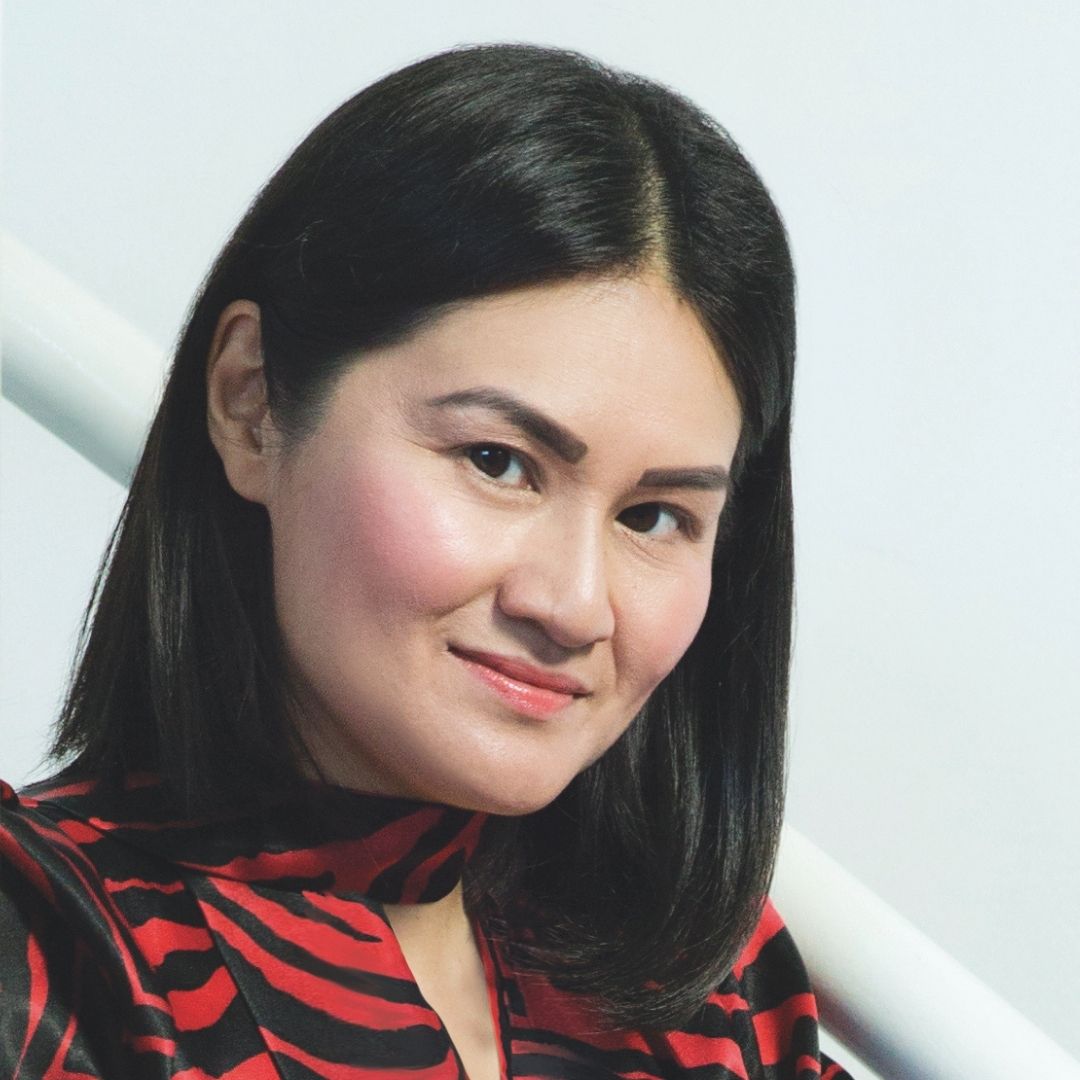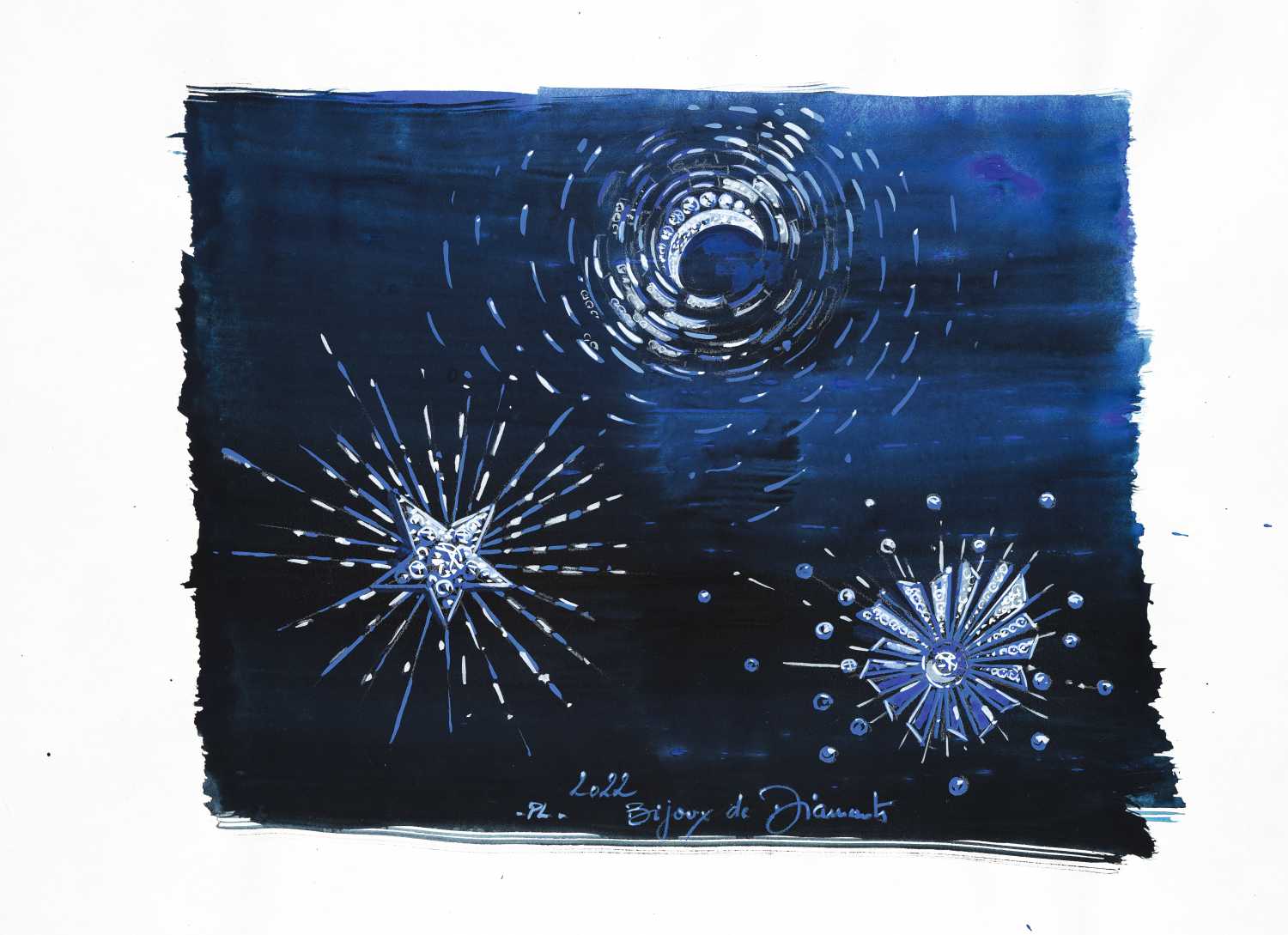
Gabrielle Chanel only designed one high jewellery collection – the revolutionary Bijoux de Diamants – which continues to be one of the enduring legends and leitmotifs of the Maison, and not without good reason. Commissioned by the Diamond Corporation Limited of London to heighten desire for their gems during the Great Depression, and debuted from 7-12 November 1932 at her apartment at 29 rue Faubourg-St Honoré, the first-ever high jewellery collection of its kind was yet another emblematic expression of Mademoiselle Chanel’s fierce independence, refreshing modernity, and freedom from the constraints of the times.
“In my profession, any means is legitimate, provided it is only used in the true spirit of fashion. I started creating costume jewellery because I felt that it was refreshingly free of arrogance, during a period that tended towards ostentatious displays of luxury,” she declared. “This consideration faded into the background during the economic recession, when, in every sphere of life, there emerged and instinctive desire for authenticity, and amusing trinkets were once again put into their proper perspective.”
The collection comprised some 50 pieces with white and yellow diamonds set in platinum and yellow gold, designed free of clasps, to be worn both day and night, and created to be convertible for endless possibilities with necklaces transforming into bracelets, feather belts becoming corsages, and brooches being worn as hair accessories. Furthermore, guests were invited to pay the sum of 20 francs to view the collection which was donated to charities supporting impoverished mothers and families. Yet in every fairy tale, there must be a villain. And in this story, the role is played by the jewellers of Place Vendôme who demanded Gabrielle Chanel’s Bijoux de Diamants collection be dismantled and the stones returned for challenging the patriarchal ideals of the industry. She would never design another.
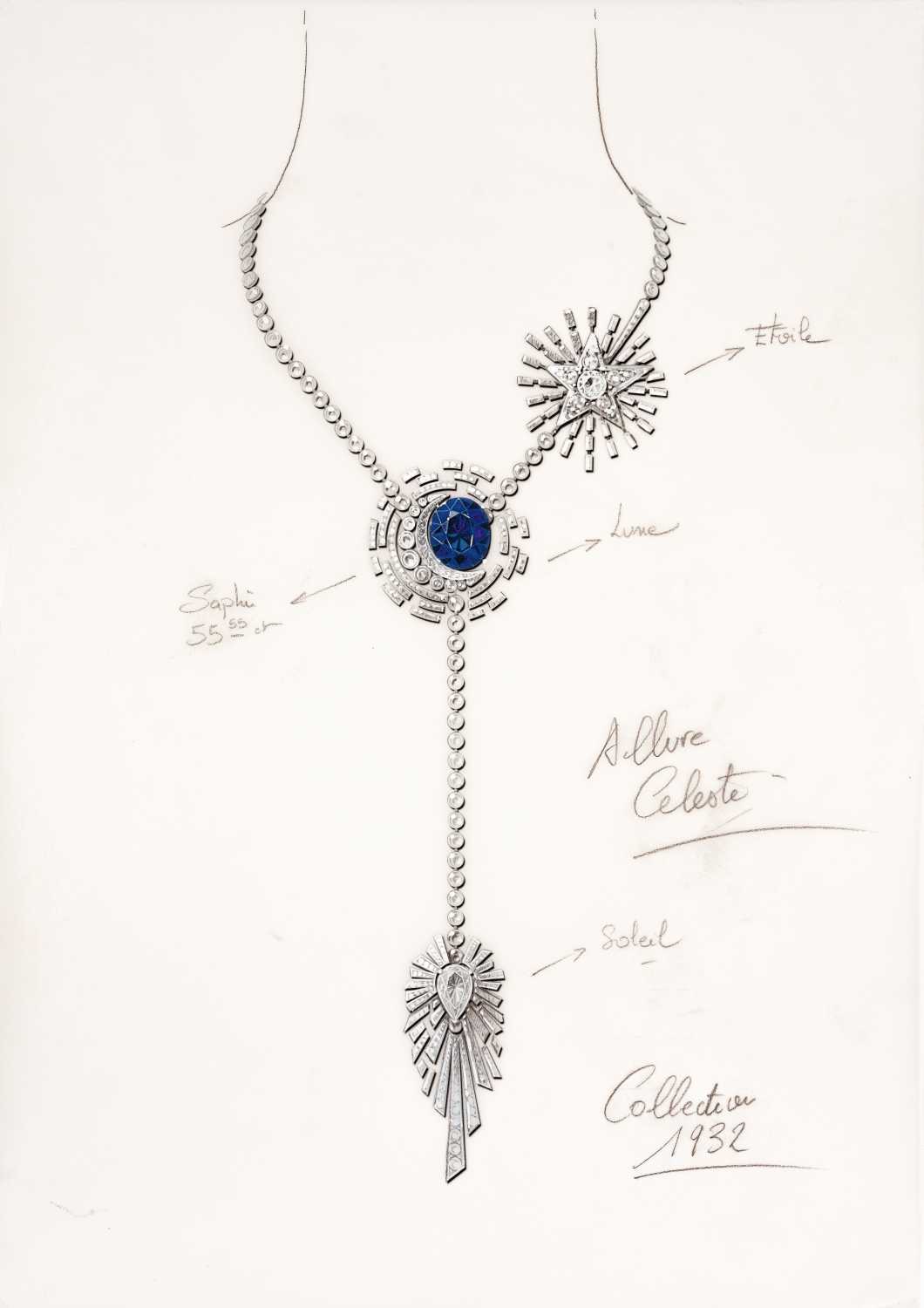
It’s now 90 years since Gabrielle Chanel reinvented the world of high jewellery, and to celebrate the anniversary of this monumental moment, Patrice Leguéreau, Director of the Chanel Fine Jewellery Creation Studio has ensured her radical ideas live on by reprising three of the most iconic elements – the comet, the moon, and the sun – and reinterpreting the spirit of Bijoux de Diamants in a new 1932 collection.
This isn’t the first time Patrice has been inspired by Gabrielle Chanel’s iconic designs. In 2012, he created an 80-piece tribute to Bijoux de Diamants for its 80th anniversary. “When I first designed a collection to commemorate 1932, it was only two years after I joined Chanel. So of course, now, after more than ten years, I see the collection and I see the creation of Chanel differently,” he admits at the private reveal of the 1932 high jewellery collection at Le Grand Palais Éphémère in Paris ahead of a glittering dinner that evoked the feeling of an enchanting supper under the stars, followed by a candle-lit after-party overlooking La Tour Eiffel.
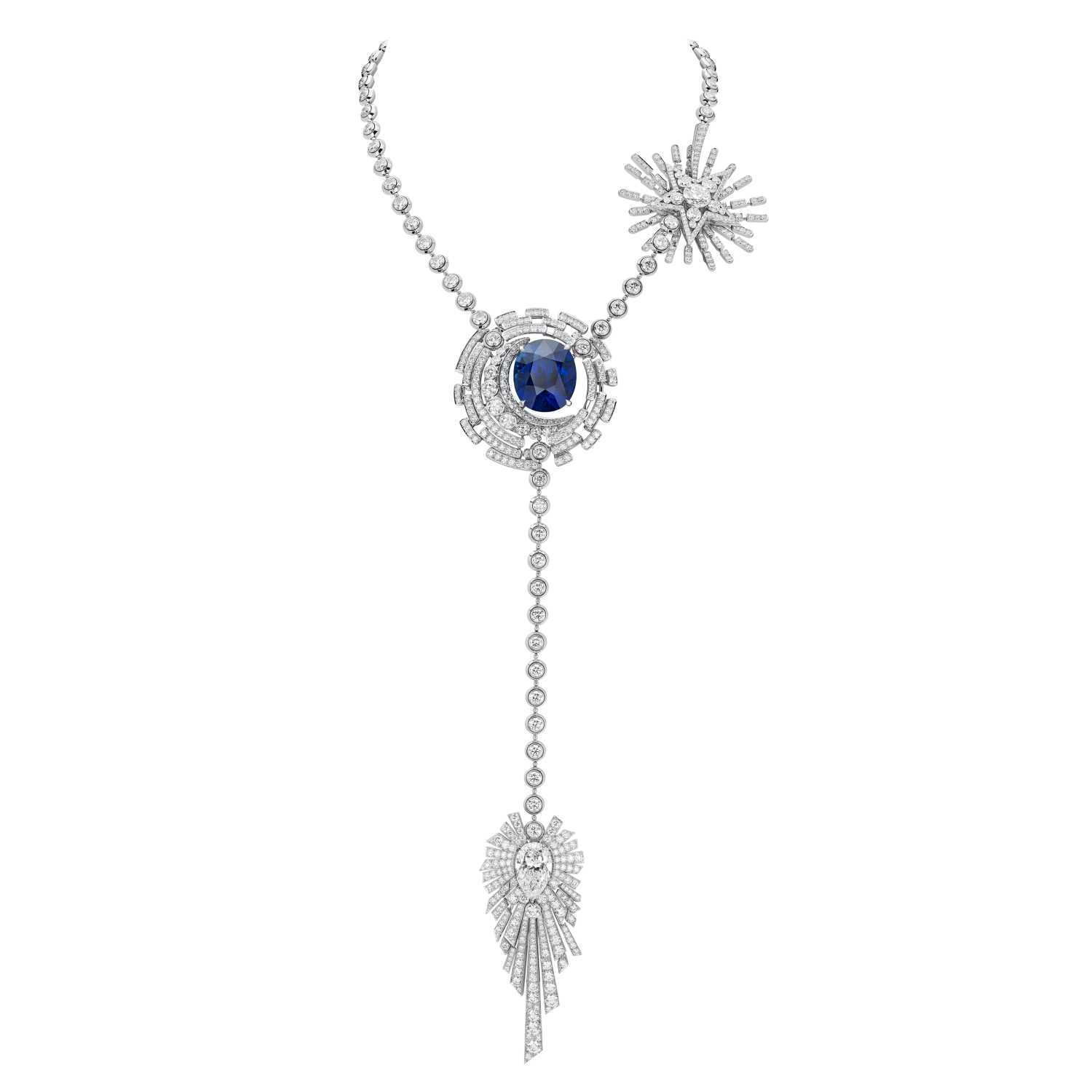
He reflects, “Every time I work and create from 1932, I want it to be different. It’s important for me to change my vision, my knowledge and to and develop certain aspects more than others.” In 2012, Patrice’s focus was on the beloved house code of the lion. “At that time, it was to show the power of Chanel, the power of jewellery, the power of the stones, and the lion appeared because it’s a symbol of strength, and to show that Chanel was able to create and construct very powerful pieces. That was more the spirit at that time.”
Ten years later and Patrice has a new tale to tell. “This time, it’s a different aspect, and a different approach. When you look at all the collections I’ve designed recently, you could notice that I like focusing on very precise themes, and for me, it was very important this time to concentrate one part of the collection. And when I revisited Bijoux de Diamants, the piece that was, for me, the most symbolic was the comet necklace. This is the most famous, the most recognisable, and that was really the beginning of the story I focused on. It was interesting just to concentrate on the stars, and the right time to do it. I wanted work on a very poetic part of 1932, and for me, the night sky captured this perfectly.”
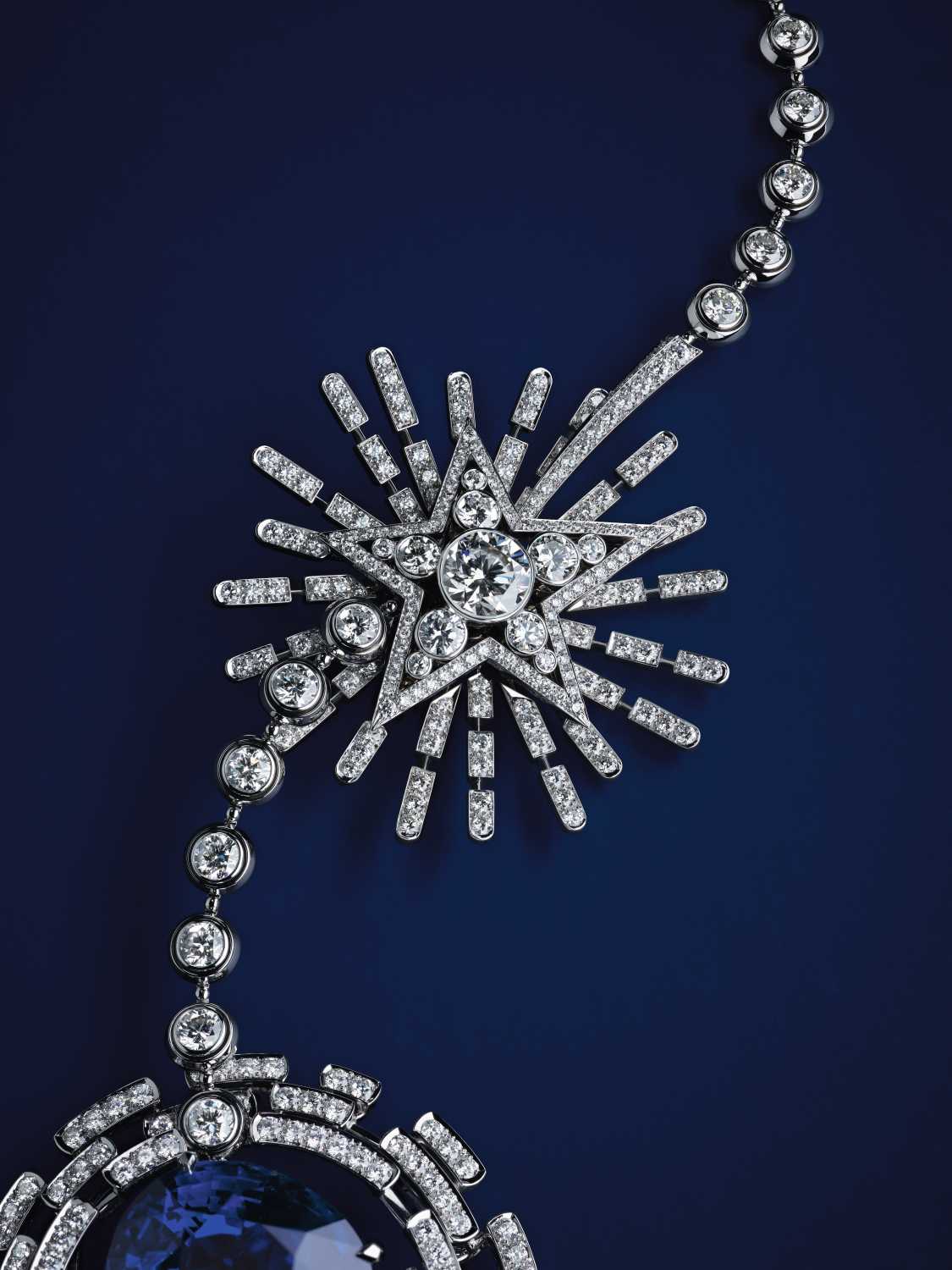
The last time we met, Patrice revealed that for him, any jewellery collection starts with art creation – expressive watercolours that set the tone for the designs themselves. “I started by painting the sky,” he recalls, “just to translate my emotions, my feelings. And what I kept was the simplicity, the purity of the night sky, of the shining stars. I watched the movement of shooting stars, the movement of satellites, of the light just crossing the sky. That was the starting point.” According to Patrice this manifested in the “energy, the lightness of the jewellery technique with a flexibility and lightness to it – the sense of floating in the air. I tried to keep that.”
Of the 77 pieces in his collection, 34 pieces are committed to comets, 18 have been inspired by the moon, and 18 pay homage to the sun. For Patrice, when it comes to high jewellery, the indiscernible details you can’t see are just as important as those you can, which goes some way towards explaining why the Comète Volute plastron necklace features two white and yellow oval-shaped diamonds, each weighing 19.32 carats as an esoteric reference to collection they were inspired by. And in a galaxy entirely of its own is the Allure Céleste necklace, the collection’s signature piece, which not only contains a 55.55 carat oval sapphire – a knowing nod to The 55.55 Necklace named after the 55.55-carat diamond he had cut to celebrate the centenary of the Chanel No.5 fragrance last year – but can also worn as three mesmerising necklaces, three striking brooches and a dazzling bracelet.

Patrice has made a further 12 pieces convertible in homage to Mademoiselle Chanel. “There were transformable pieces in the first collection and it’s important for me to give the freedom to the woman to choose the way to wear it, and wear each piece in a different place, on a different part of the body, to be able to detach stones or elements, to wear them either on the wrist or a pendant. And for me, it’s to continue the spirit of Gabrielle Chanel to offer the freedom in the way to wear the jewellery.”
Mademoiselle Chanel may have created the Bijoux de Diamants collection during the Great Depression but any parallels to the current social and economic zeitgeist on its 90th anniversary are purely coincidental. “I started working on the collection three years ago before the crisis,” he promises, “but the direction perfectly adapted to the period because I wanted jewellery with pure movement – not extravagant, but just concentrating on simplicity.”
With such a rich treasure trove of house codes for inspiration, how will Patrice surprise and delight us for the 100th anniversary of this iconic high jewellery collection? “We could all go and travel the space to see the pieces?” he laughs. “I can dream about that.” And nobody can fashion a fantasy quite like Chanel.



